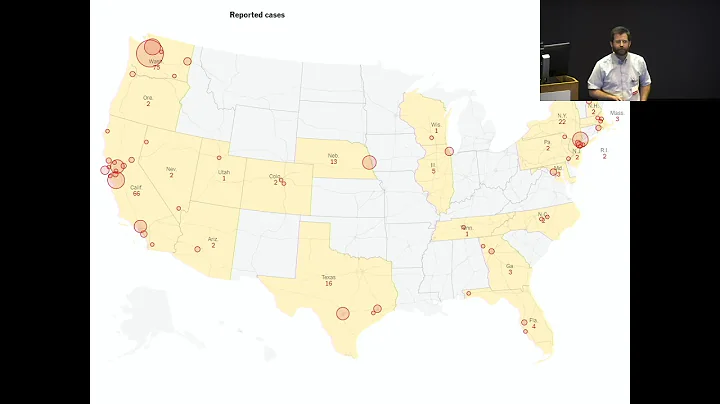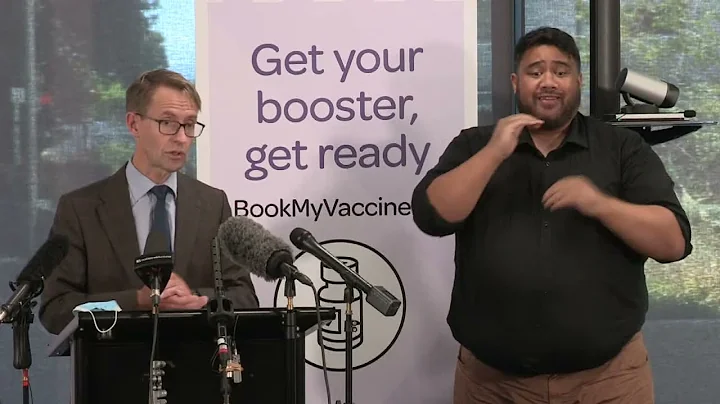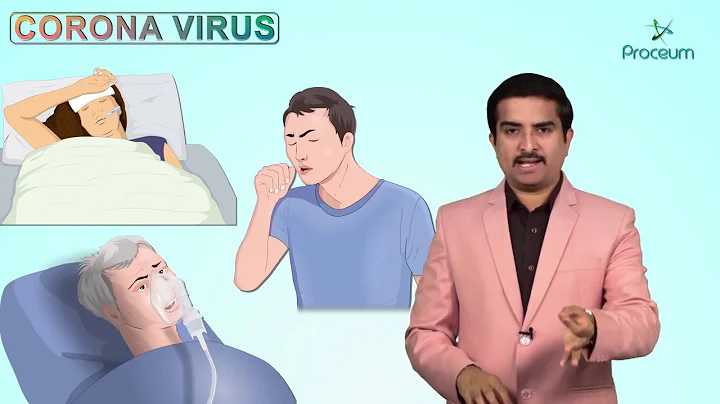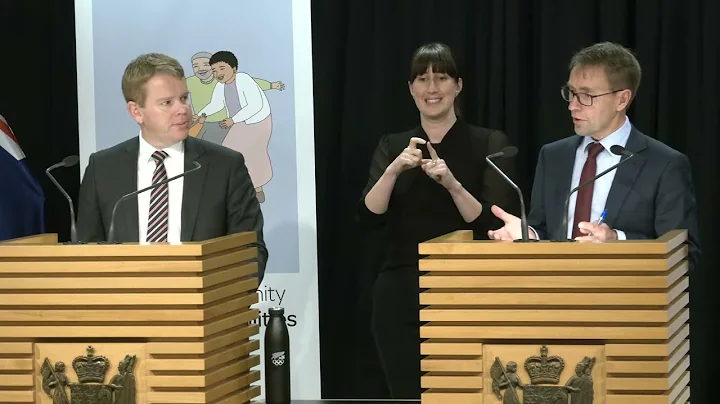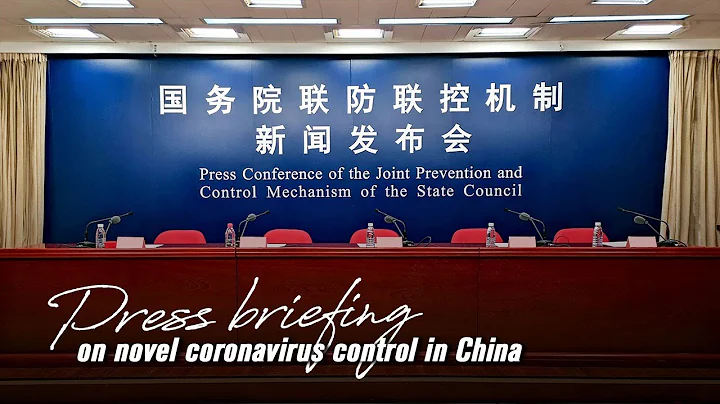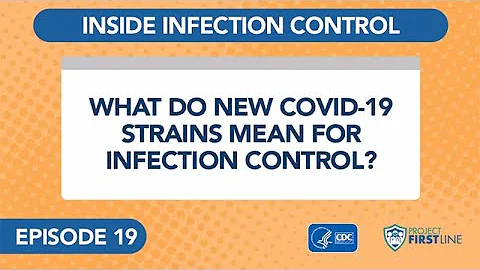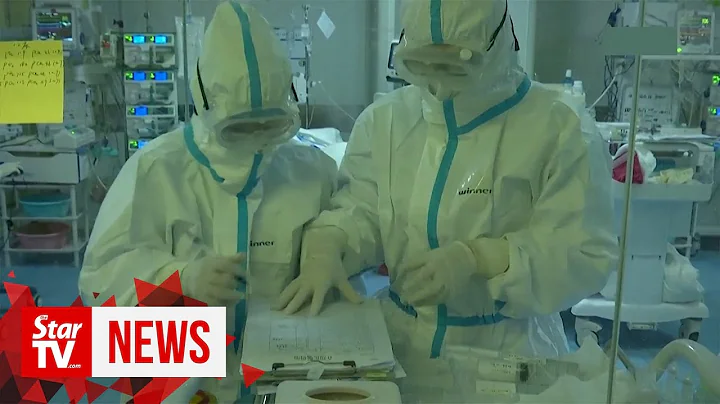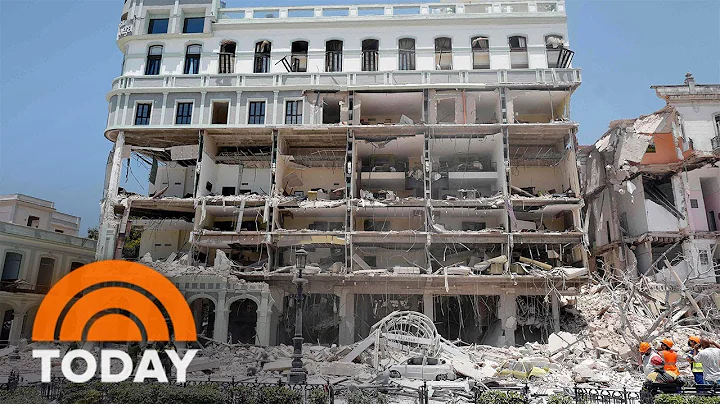Recently, the Comprehensive Team of the Joint Prevention and Control Mechanism of the State Council organized the revision of the "Novel Coronavirus Pneumonia Prevention and Control Plan (Ninth Edition)" to fully implement the general strategy of "preventing external input and domestic rebound" and "dynamic cleaning". "Zero" general policy, effectively safeguard the life safety and health of the people, and coordinate epidemic prevention and control and economic and social development to the greatest extent.

Compared with the eighth edition, the main revisions include:
1. Optimize and adjust the isolation management period and method of risk personnel
Change the isolation and control time of close contacts and entry personnel from "14 days of centralized isolation medical observation + 7 days at home Health Monitoring" was adjusted to "7 days of centralized isolation medical observation + 3 days of home health monitoring" , nucleic acid testing measures changed from "centralized isolation medical observation on days 1, 4, 7, and 14 nucleic acid testing, collection of nasopharyngeal swabs "Double sampling and double testing before lifting the quarantine" was adjusted to "nucleic acid testing and collecting oropharyngeal swabs on the 1st, 2nd, 3rd, 5th and 7th days of centralized isolation medical observation and the 3rd day of home health monitoring", and the centralized isolation medical observation was lifted. There is no requirement for double sampling and double inspection. The close control measures have been adjusted from "7-day centralized isolation medical observation" to "7-day home isolation medical observation", with nucleic acid testing on the 1st, 4th and 7th days.
2. Unified delineation standards for closed control areas and medium- and high-risk areas
The two types of risk area demarcation standards and prevention and control measures are connected and corresponding, and the concept of medium- and high-risk areas is uniformly used to form a new risk area delineation and management and control plan. High-risk areasimplemented "door-to-door service without leaving home". There were no new infections for 7 consecutive days and were reduced to medium-risk areas. Medium-risk areasThere were no new infections for 3 consecutive days and were reduced to low-risk areas. In other areas, 7-day centralized isolation and medical observation measures are implemented for those who have a history of traveling to high-risk areas in the past 7 days. The medium-risk area implements "staying in the area and picking up items at staggered peaks", and there are no new infections for 7 consecutive days, and it is reduced to a low-risk area. In other areas, 7-day home medical observation measures are implemented for those who have traveled to medium-risk areas in the past 7 days. Low-risk areas refer to other areas in the counties (cities, districts, banners) where medium- and high-risk areas are located, and "personal protection and avoidance of gatherings" are implemented. In other areas, people who have traveled to low-risk areas in the past seven days are required to complete two nucleic acid tests within three days.
3. Improve the epidemic monitoring requirements
Encrypt the frequency of nucleic acid testing for risk occupational groups, and adjust the nucleic acid testing of people who have direct contact with entry personnel, items, and the environment to once a day For those with densely populated areas, frequent contacts, and high mobility Nucleic acid testing for employees has been adjusted to twice a week. Antigen testing can be added as a supplementary method for epidemic monitoring. Primary medical and health institutions can increase antigen testing for suspicious patients and for people in medium- and high-risk areas when dealing with epidemics.
4. Optimize regional nucleic acid testing strategies
Clarify regional nucleic acid testing plans for different population sizes, targeting provincial capital cities and cities with a population of more than 10 million, general cities, and rural areas. After the outbreak, whether the source of infection is clear, whether there is a risk of community transmission, and The scope and frequency of regional nucleic acid testing will be determined based on factors such as whether the chain of transmission is clear and based on the risk and the principle of classification.
Source: CCTV News


